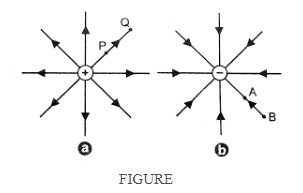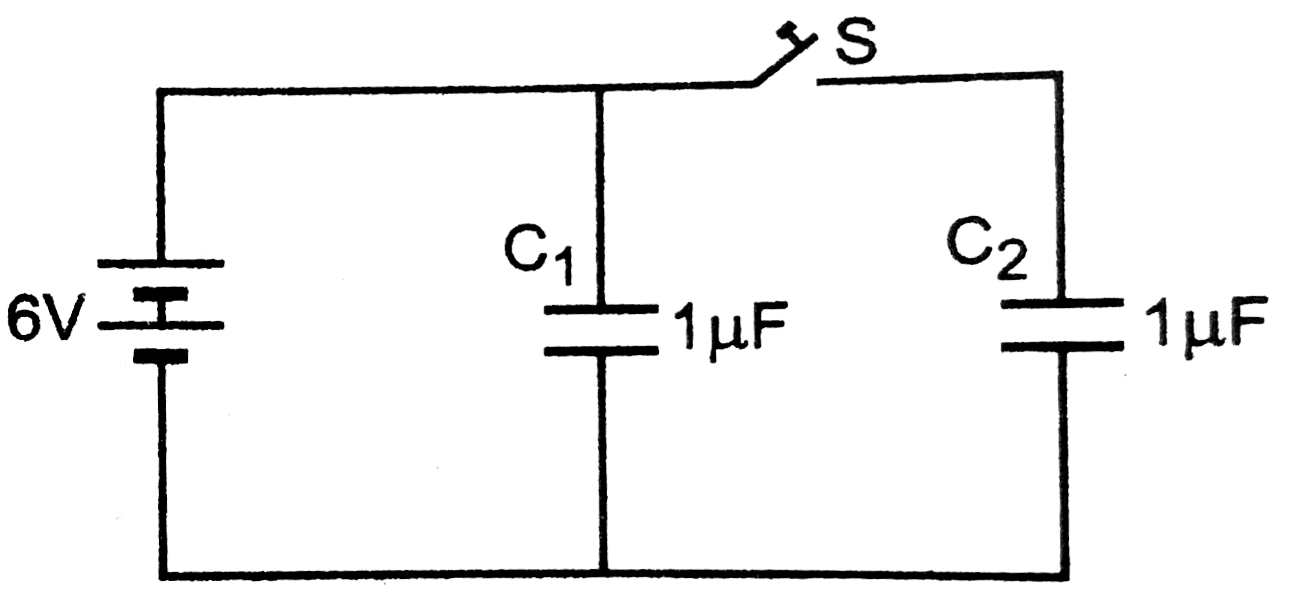Complete Solutions to CONCEPTUAL PROBLEMS of chapter ELECTROSTATICS of Class 12 book with complete answers and questions
| Class 12 | PHYSICS |
| Chapter | ELECTROSTATICS |
| PRADEEP | CONCEPTUAL PROBLEMS |
| Number Of Questions | 8 |
| Academic Year | 2023-24 |
A glass rod rubbed with slik is brought close to two uncharged metallic spheres in contact with each other, inducing charges on them..
Describe what happens when
(i) the spheres are slightly separated and
(ii) the glass rod is subsequently removed and finally
(iii) the spheres are separated far apart.03:49View Solution(a) A comb run through one’s dry hair attracts small bits of paper. Why? What happens if the hair is wet or if it is a rainy day? (Remember, a paper does not conduct electricity.)
(b) Ordinary rubber is an insulator. But special rubber tyres of aircraft are made slightly conducting. Why is this necessary?
(c) Vehicles carrying inflammable materials usually have metallic ropes touching the ground during motion. Why?
(d) A bird perches on a bare high power line, and nothing happens to the bird. A man standing on the ground touches the same line and gets a fatal shock. Why?07:00View SolutionPlot a graph showing the variation of coulomb force (F) versus `((1)/(r^(2)))`, where r is the distance between the two charges of each pair of charges:
`(1mu C,2mu C) and (2muC-3muC)`. Interpet the graphs obtained.06:12View SolutionIn defining electric field due to a point charge, the test charge, the test charge has to be vanishingly small. How this condition can be justified, when we know that charge less than of electron or a proton is not possible.
01:54View SolutionFigure shows tracks of three charged particles crossing a uniform electrostatic field with same velocities along horizontal. Give the sign of the three charges. Which particle has the highest charge to mass ratio?
 02:58View Solution
02:58View SolutionTwo small identical electric dipoles AB and CD, each of diople moment p are kept at an angle of `120^(@)` as shown in Figure. What is the resultant dipole moment of this combination ?
If this system is subjected to electric field `vec((E))` directed along `+ X` direction, what will be the magnitude and direction of the torque acting on this ?View SolutionFigures (a) and (b) show the field lines of a positive and negative point charge respectively

(a) Give the signs of the potential difference `V_P -V_Q, V_B – V_A`.
(b) Give the sign of the potential energy difference of a small negative charge between the points Q and P, A and B.
(c) Give the sign of the work done by the field in moving a small positive charge from Q to P.
(d) Give the sign of the work done by the external agency in moving a small negative charge from B to A.
(e) Does the kinetic energy of a small negative charge increase or decrease in going from B to A?07:38View SolutionFig. shows two identical capacitors `C_(1) and C_(2)` each of `1 muF` capacitance, connected to a battery of 6V Initially,swich S is closed. After sometime, S is left open and dielectric slabs of dielectric constant K = 3 are instered to fill compelelty the space between the plates of two capacitors. How will the (i) charge and (ii) potential difference between the plates of the capacitors be affected after teh slabs are inserted ?
 07:12View Solution
07:12View Solution
CONCEPTUAL PROBLEMS questions and complete solutions for chapter ELECTROSTATICS of PRADEEP PHYSICS (HINGLISH) of Class 12
All Exercises from PRADEEP Class 12 PHYSICS ELECTROSTATICS
- ADDITIONAL QUESTIONS
- ADVANCED PROBLEMS FOR COMPETITIONS
- ASSERTION-REASON TYPE QUESTIONS
- COMPREHENSION
- CONCEPTUAL PROBLEMS
- CURIOSITY QUESTIONS
- Exercise
- FILL IN THE BLANKS
- LONG ANSWER QUESTIONS
- MULTIPLE CHOICE QUESTIONS
- NCERT QUESTIONS
- PROBLEMS FOR PRACTICE
- SHORT ANSWER QUESTIONS
- TYPICAL EXAMPLES
- VALUE BASED QUESTIONS
- VERY SHORT ANSWER QUESTIONS
